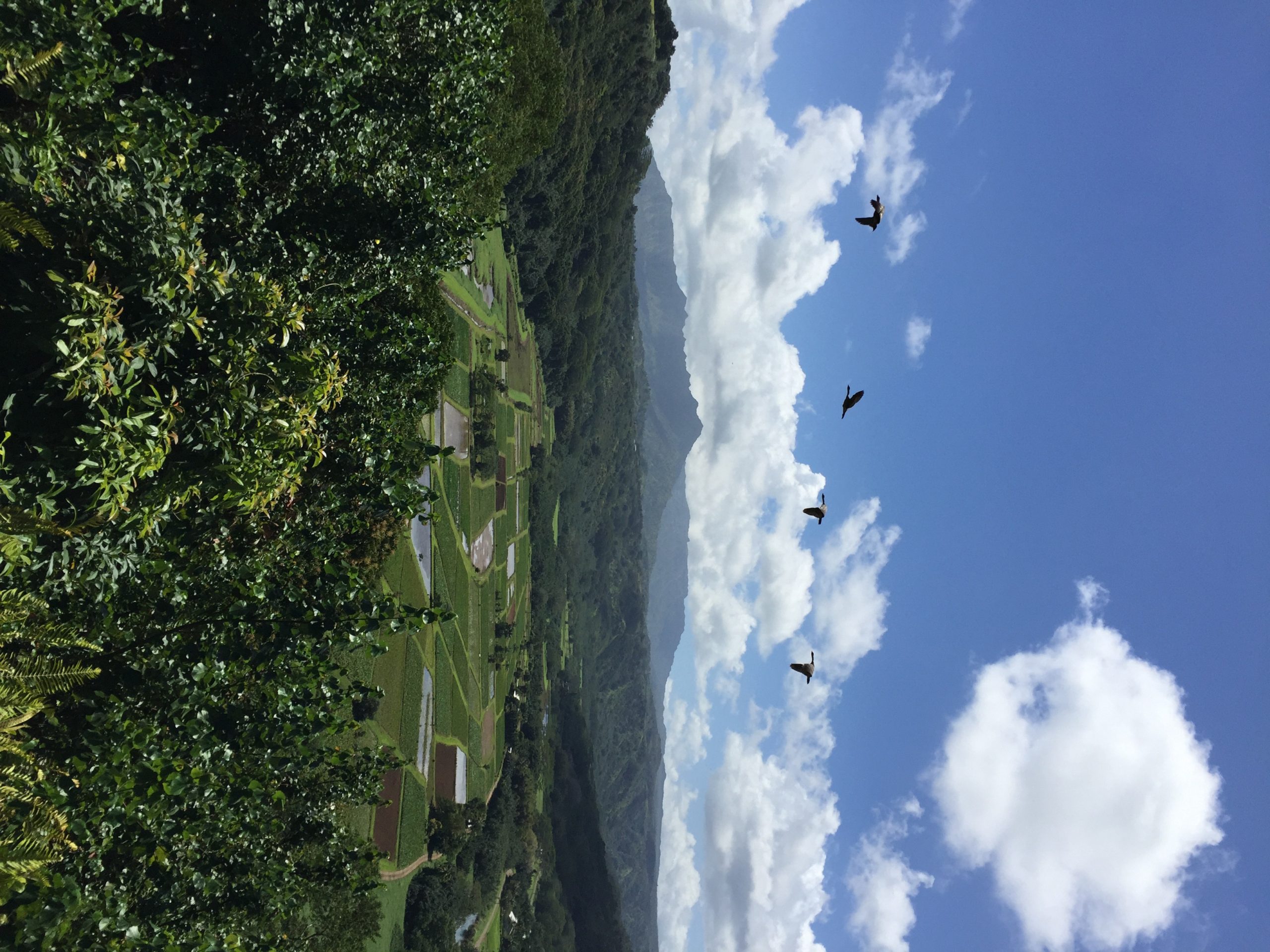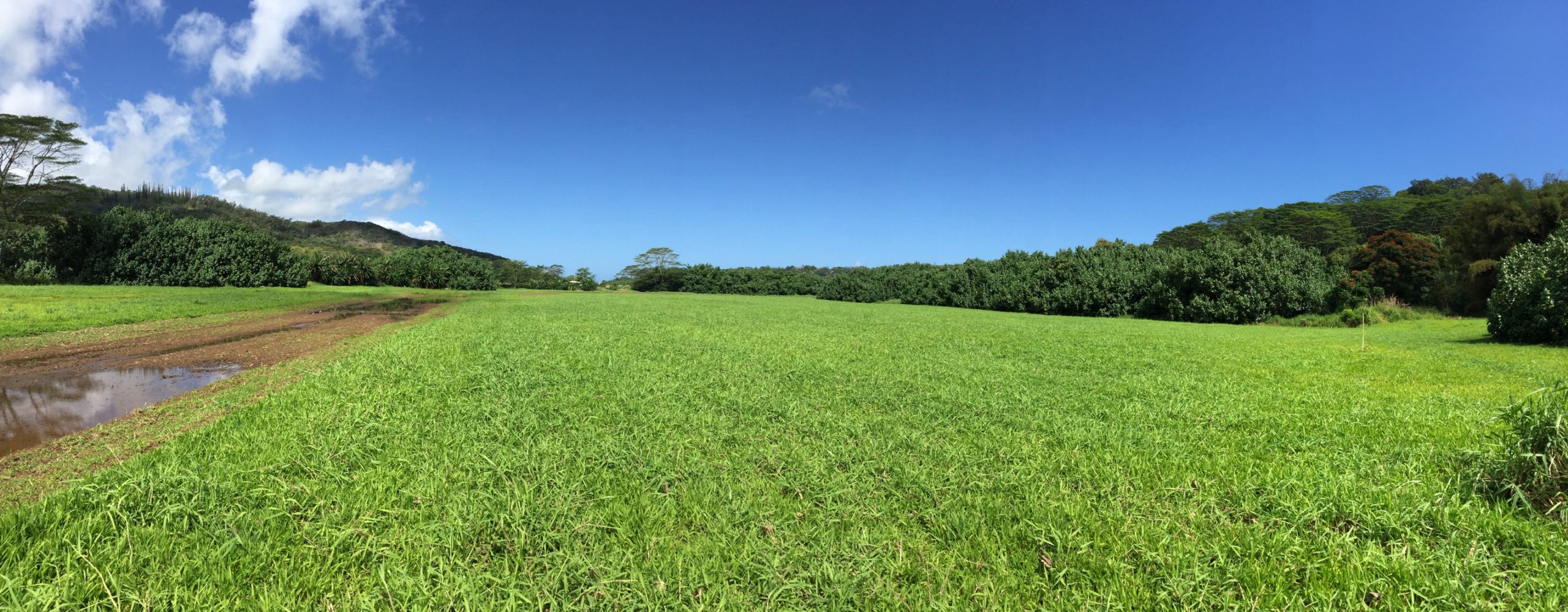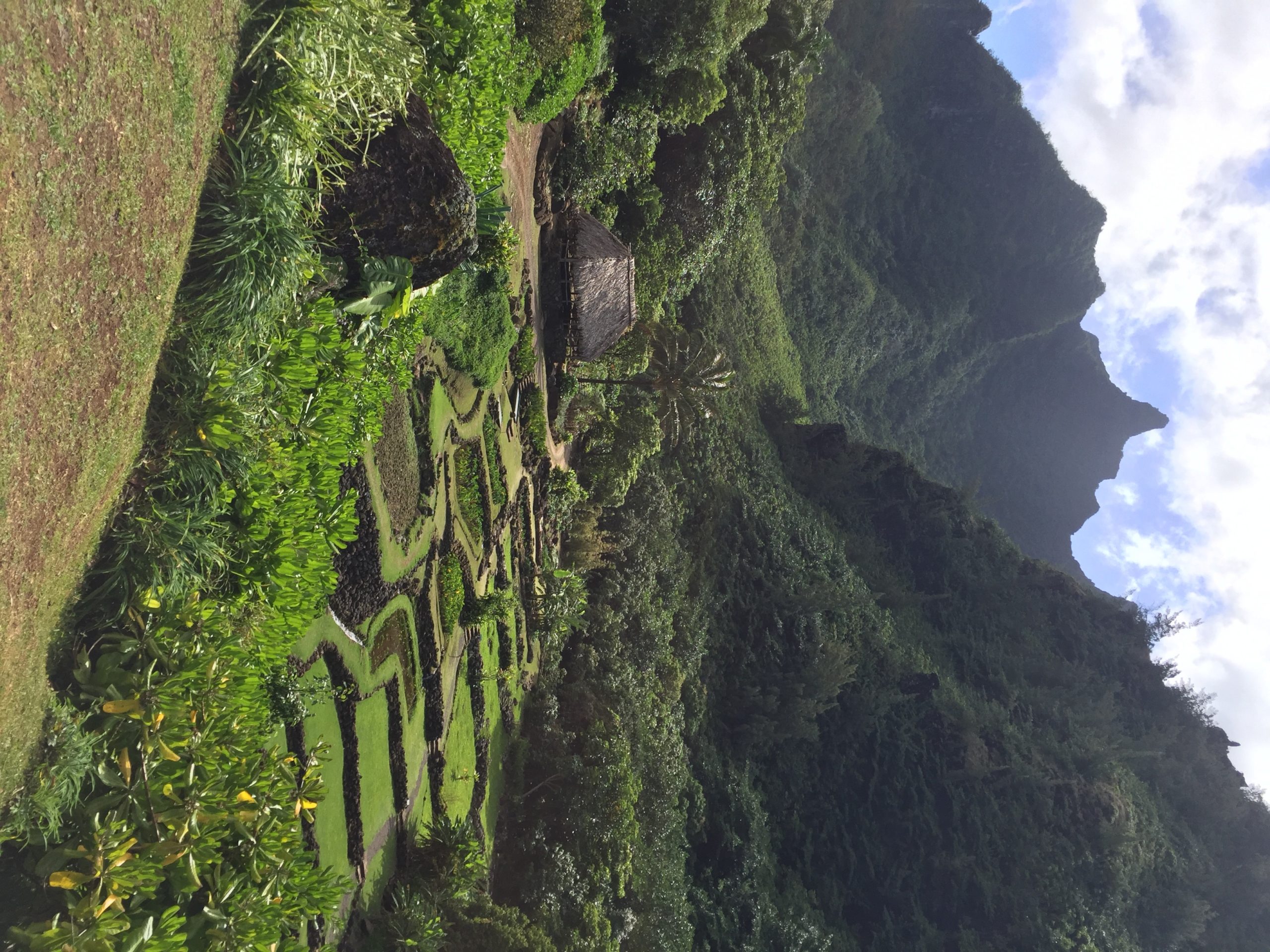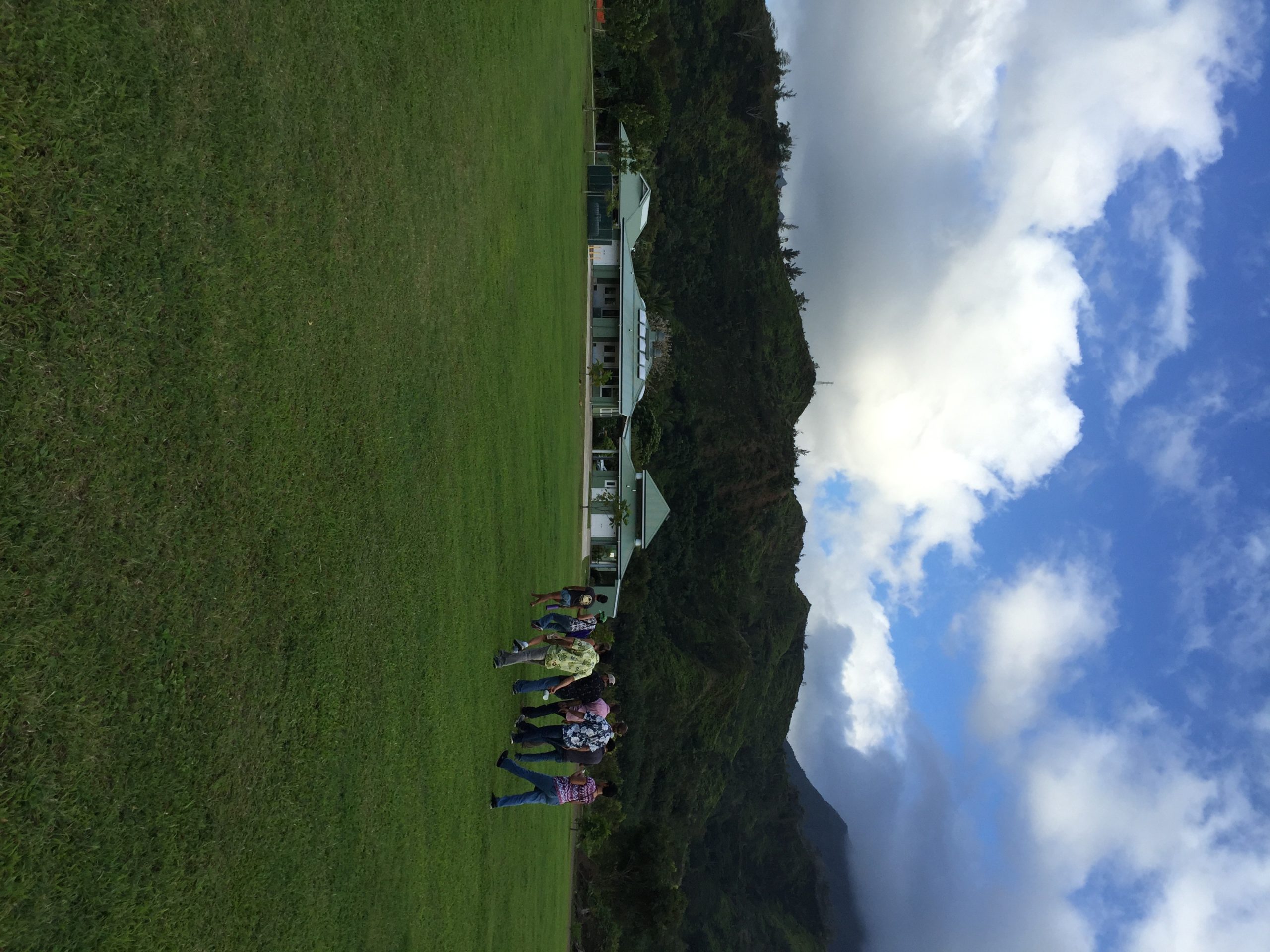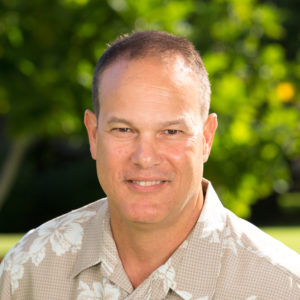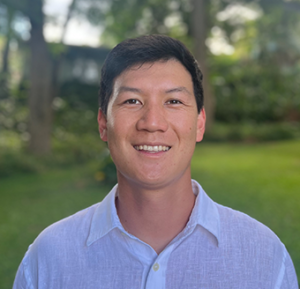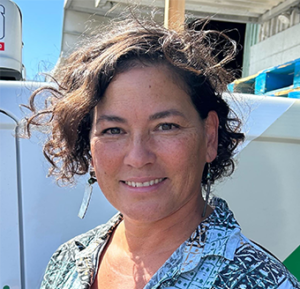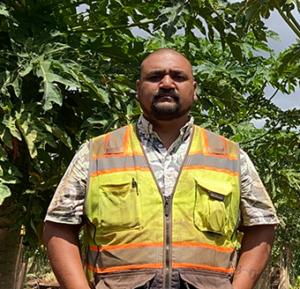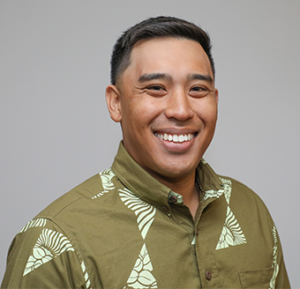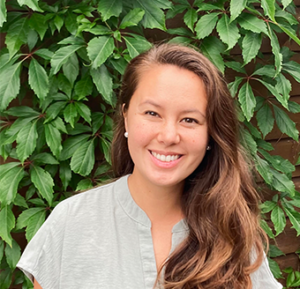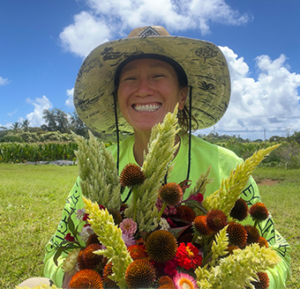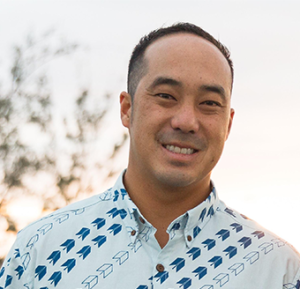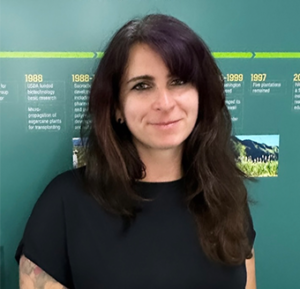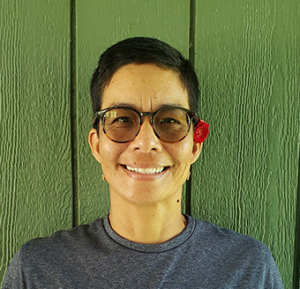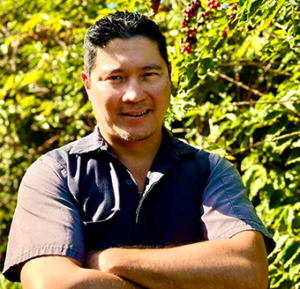We left our ritzy Waimea accommodations at 6:30am (mahalo Joao!) and headed for the Hanalei Natl wildlife refuge.
US Fish & Wildlife biologist Kimberly Uyehara gave us a tour of the 1900 acre bird refuge she manages. We were also joined by kalo farmer Alex Diego who shared his mana’o as one of five farmers who lease land within the refuge.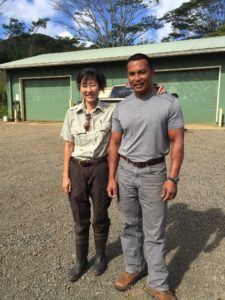
Here are the stream of facts I jotted as they spoke:
monitoring and invasive species control
2 kupu interns invasive vertebrate and plant control
tend to sick and injured birds.
three refuges under mgmt
hanalei 1900 acres
kilauea lighthouse seabird conservation
upriver of nawiliwili harbor
monitor mortality to identify significant threats
13700 total acres managed
hanalei has five endangered hawn species each fills an ecologic niche
nene goose
coots deeper water vegetated wetland
duck koloa flooded early frowth shallow water
moorhens same niche as coots
eat invertebrates and veg
stilts mud flat shallow water
less than 1 percent of kauai land but the support 25 % off the endangered bird population
predator control mainly feral cats which kill 100 birds per year of all sizes for food. barn owls kill birds too.
9 farm families in the refuge. five live on the land. grandfathered in from before the land was a refuge.
$25 acre per year includes water but not electricity
190 acres kalo
110 managed wetland
feral pigs cause damage to the lo’i.
looking to start a hunting program with DLNR
ideal goal would be a conservation buffer around the refuge.
pond tries to mimic what used to exist in the historic wetland
they manag for a mix of natives and beneficial non native plants.
recently removed 35 albizia to clear their ditches.
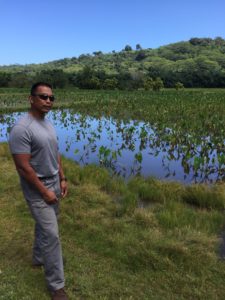
The Diegos have a long family history in hanalei. Alex’s dad farmed in the 1940s
he started in 1991b USFW only lets them grow wetland taro. The apple snail was introduced to Hanalei 15 yrs ago as a potential food source. It was invasive at first but has actually become beneficial because they eat weeds in addition to kalo. 50% of his work used to be weeding. now they dont have to do any bc of snails.
20 acres
he grows 2.5 tons weekly delivers to holding yard in hanalei bought by hanalei poi and hpc (taro brand)
worked with CTAHR to figure out ideal mix of nitrogen, potassium and phosphorous fertilizer. applies once a month for first six months to max effectiveness and growth. then stop to allow sugar development in the root.
5% losa to nene who burrow and eat mature corm. coots eat the leaves.
worse during cooler periods bc the cool appears to impact whatever their regular food source is.
usually harvest 12-15 months after planting
600-700 bags per acre #6 variety resistant to phitophra disease
LIMAHULI GARDEN
The grounds of this 1000 acre ahupua’a had a zen peacefulness that set the tone for an engaging visit with Director Kawika Winter. Thru his knowledge of the aina and relaxed presentation style we benefited from a master class in effective land stewardship. Here is the stream of notes from our visit:
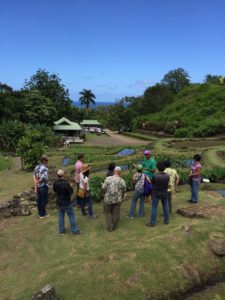
the ahupua’a is one of the last functioning ahupuaa. up to 1960
used to be where they kept bulls they would rope to breed.
Tripper Wichman fulfilled his grandma’s dream to restore her ancestral lands to an ahupua’a.
refuge for hawaiian culture
native hawaiian traditional practices are a constitutional right, which includes hunting.
native hawaiians and conservationists were at odds because of hunting. engaged both sides to create fencing that worked for both sides.
off the grid micro hydro
4 maintenance for the garden
5 for forest conservation
2006 community based subsistence fishing area (CBSFA) allows community to make rules that DLNR has to enforce. milolii is another one. facilitation process created management plan to BLNR for approval. such as
no spearing at night
no lay netting
safe place for fish to breed
no spear guns
wanted no spearing in scuba but william aila would not consider the plan unless they removed this rule.
subsistence farming you only harvest what you need. bc if you take all at once you wont have any for a long time.
last pristine stream in the state never been diverted. has all five species of o’opu.
take a negative and turn it into a positive: capture run off in a pond to prevent algal blooms in the ocean which made for an abundant fishery.
newell shearwater and ocean petrel. KIUC pays them for bird conservation
mitigatation money is the largest part of their funding.
8 realms of resource management
top of ahupuaa to the horizon line
missing two others
the mist
people of the land
intellectual knowledge
sacred ceremonies needed to maintain abundance of the land.
talk about culture in the present and not the past tense.
WAIPA FOuNDATIOn
We ended our day with another insightful learning experience at the Waipa Foundation. The two hours we were privileged to spend with Stacy Sproat, executive director, and
Johanna Ventura, operations manager, were a fascinating complement to our experience just a couple of miles down the road in Limahuli. Here are my notes:
1600 acre ahupua’a.
200 acres ag the rest is conservation.
Early 1980’s The community protested KS’ plans to build a hotel golf course resort development. after 4 years of negotiation KS signed a lease to create a cultural education based learning center. Originally formed by a group subsistence farming families as a for-profit operation. Stacy changed it to a non-profit structure which was more conducive to their vision and mission.
Agriculture will always be a part of their history, but cultural education and community outreach is the core of the foundation.
20 staff from interns to senior management.
Revenue streams:
70% grant funding
30% self generated (weekly farmers market, produce line, donations)
In the coming years they hope to flip that ratio.
Recently opened community kitchen will open up new outreach opportunities and revenue streams with value-added products made from produce grown on the land.
If a person believes in the vision and mission they will find a job that fits their skill set.
Robinson Family grew sugar before that it rice was grown. Before that sandalwood was logged.
Restoration of native vegetation is a key part of their mission
use the traditional ahupua’a model to Perpetuate traditional cultural practices.
Serve as a community center puu honua place to practice and perpetuate traditions.
one big goal is connecting children to the land and the food it produces to inspire them to take care of it.
One trend they’re celebrating in the last seven or so years is the creation a path for at risk youth to get jobs that are not tourism related but aina based at Waipa that has resulted in their employees enjoying their jobs because it has more meaning to their lives.
Poi day every Thursday is their flag ship activity for the past twenty five years. Waipa buys taro at a higher than market price from local farmers then people sign up to volunteer to help clean and mill the poi, which is then packaged, sold and delivered island wide at cost. Volunteers get fed lunch and poi to take home. They process 1200 pounds per week.
Poi wastewater disposed on site in a designated area to satisfy DOH requirement.
Another great ALP day that gave us much to think about.

